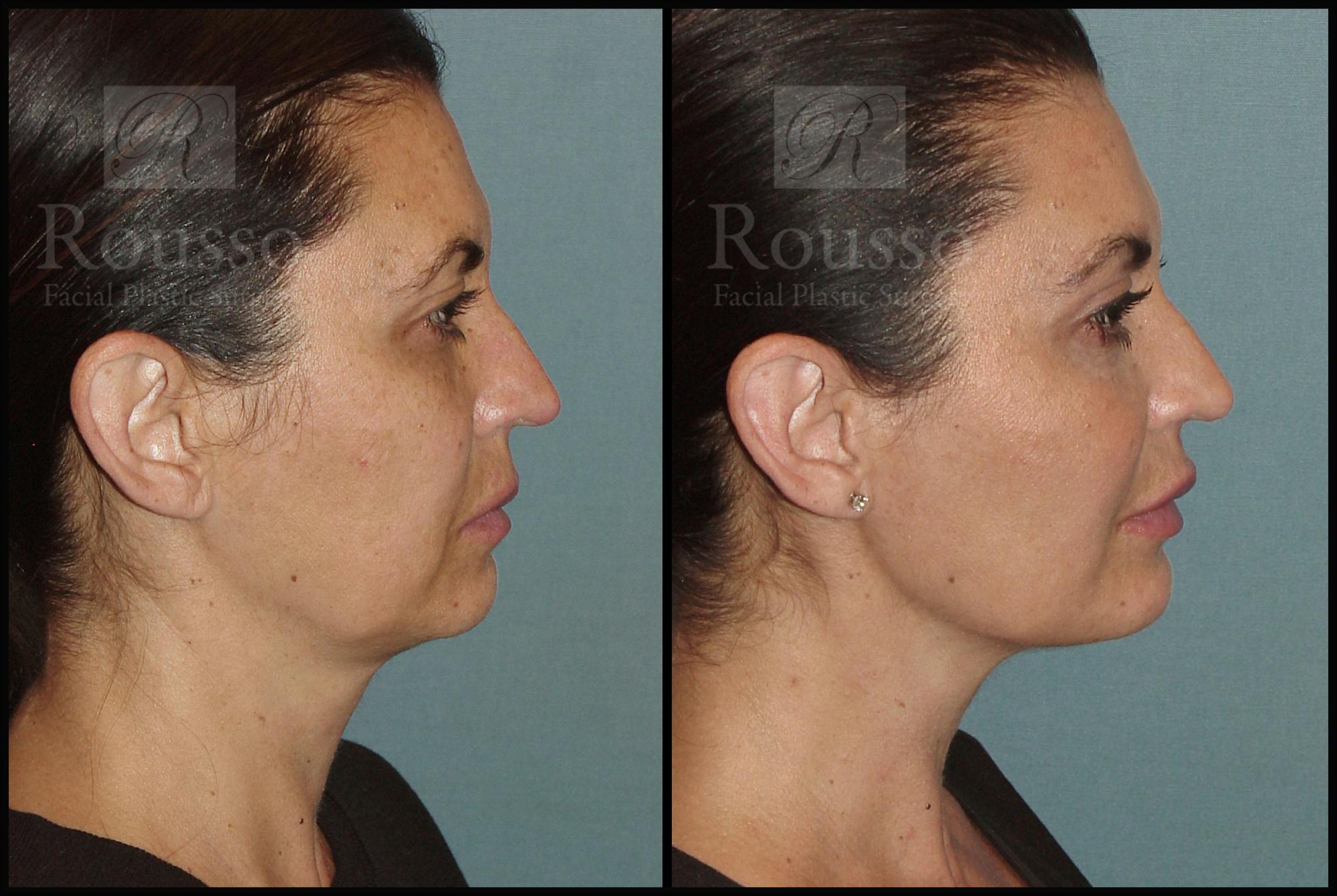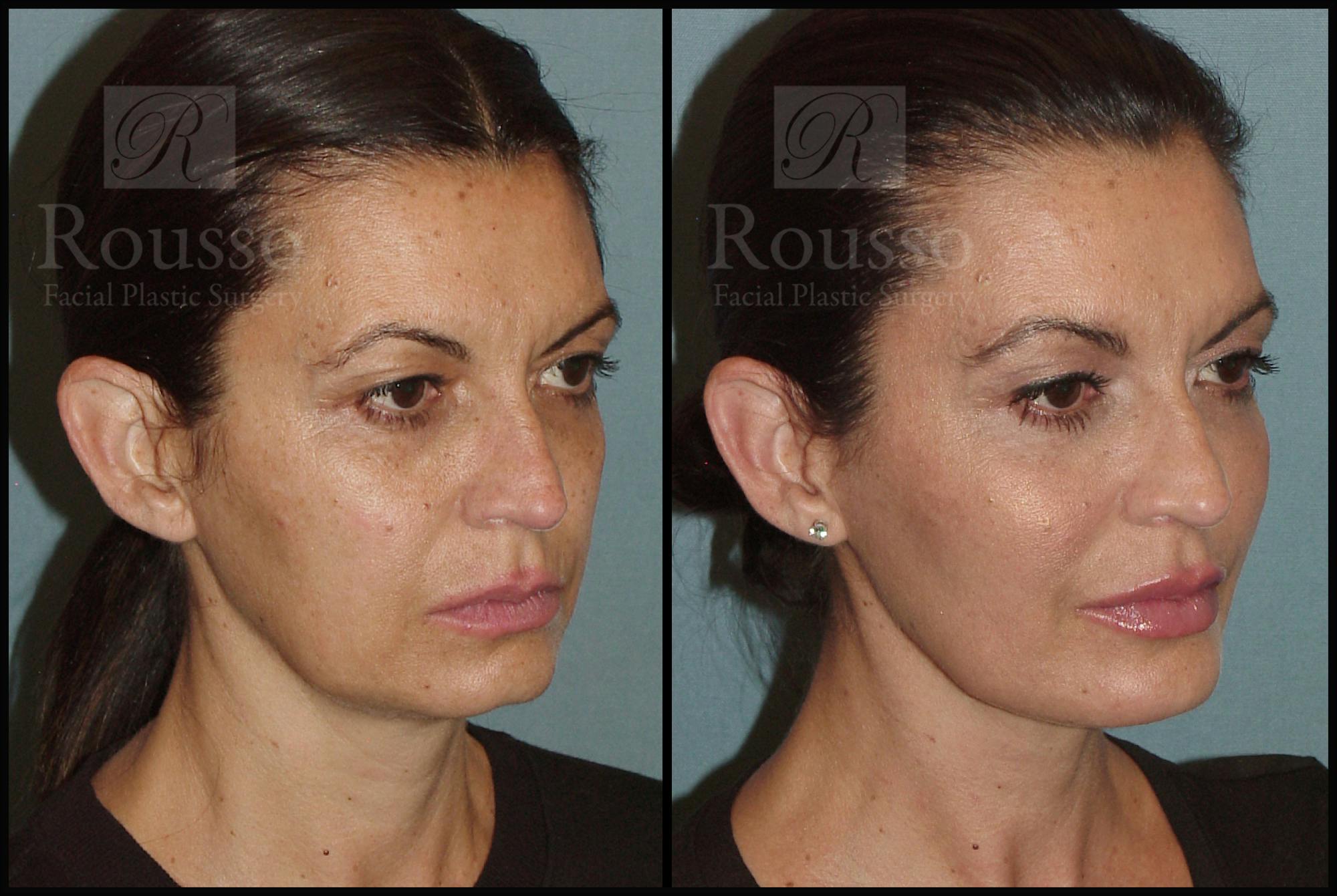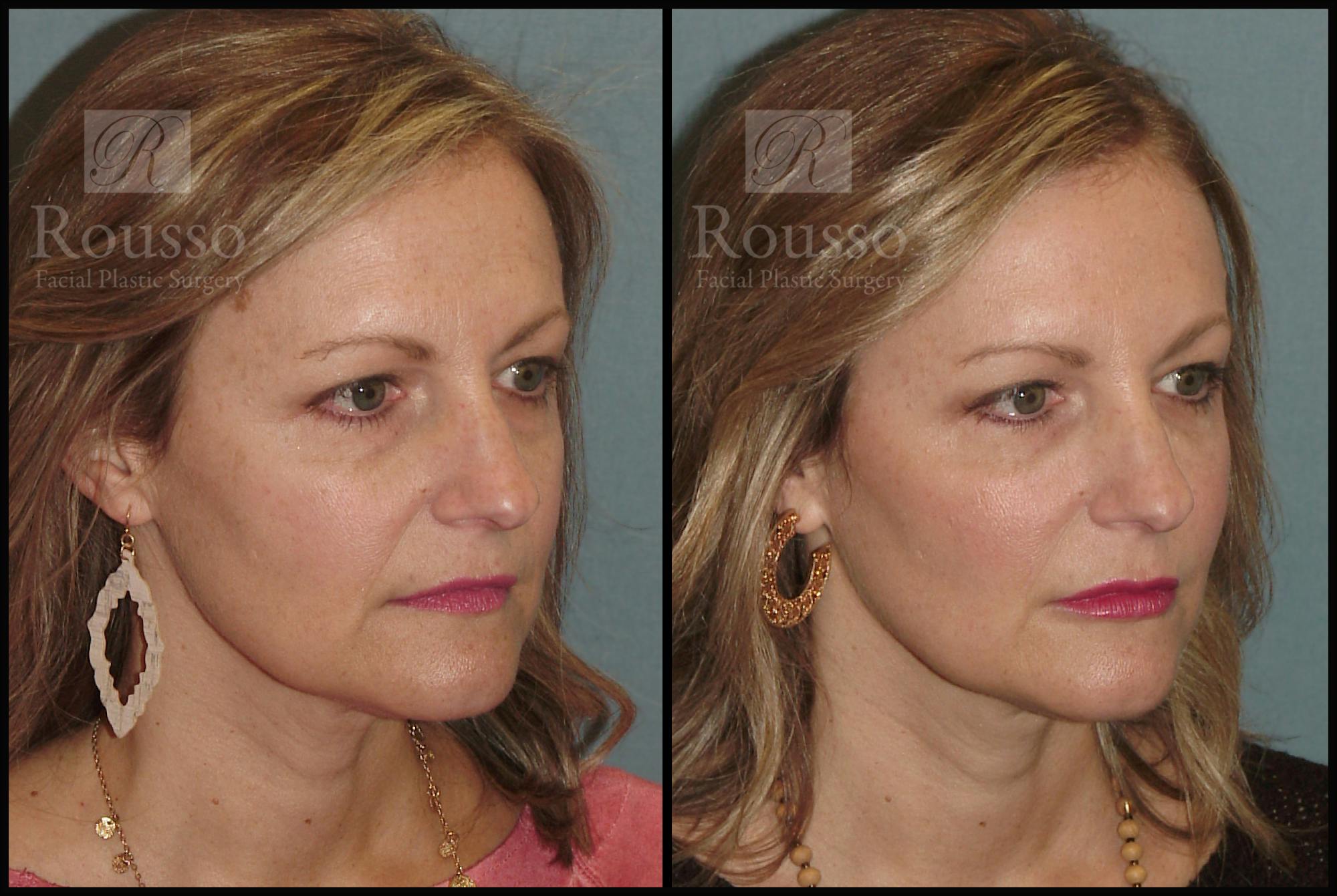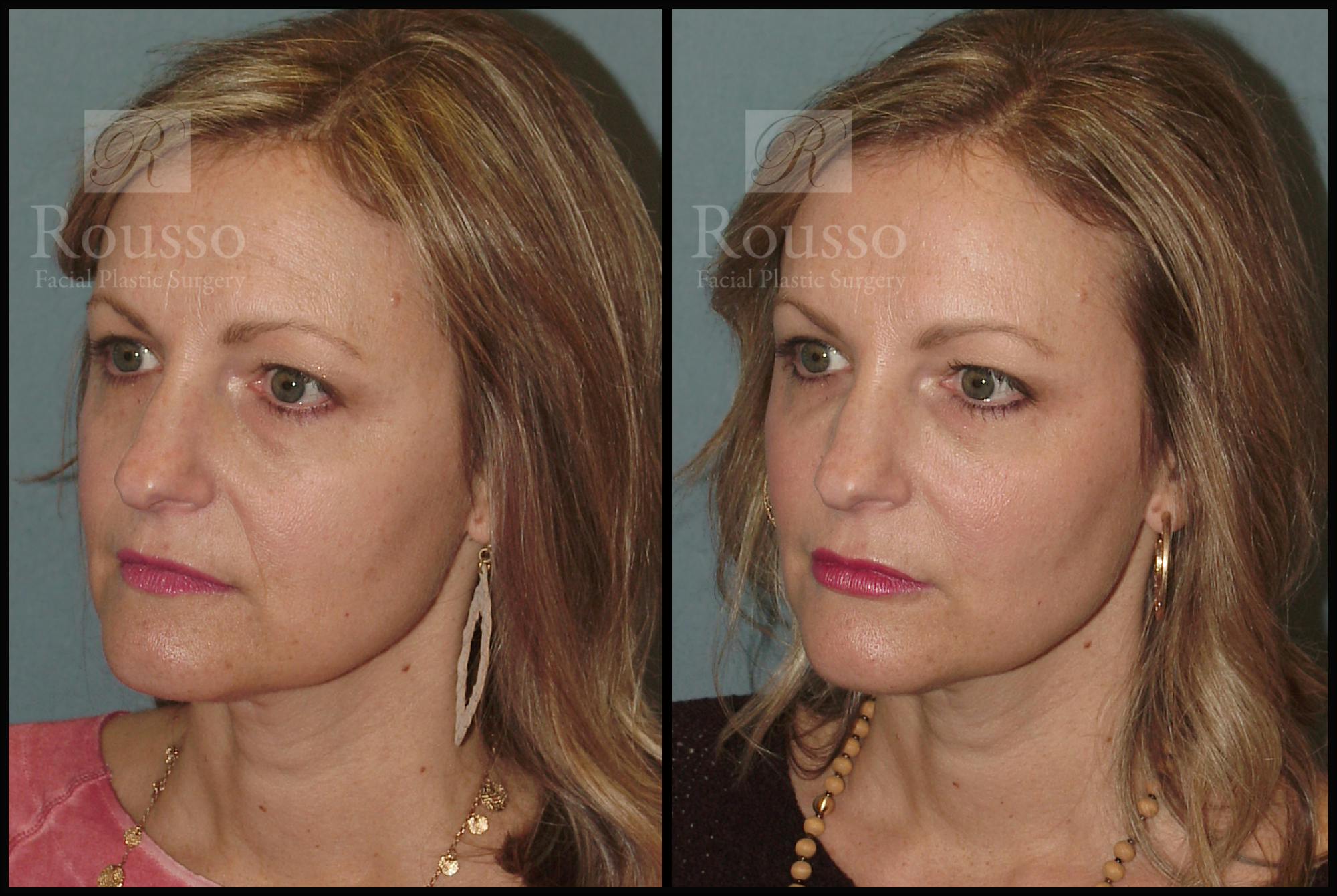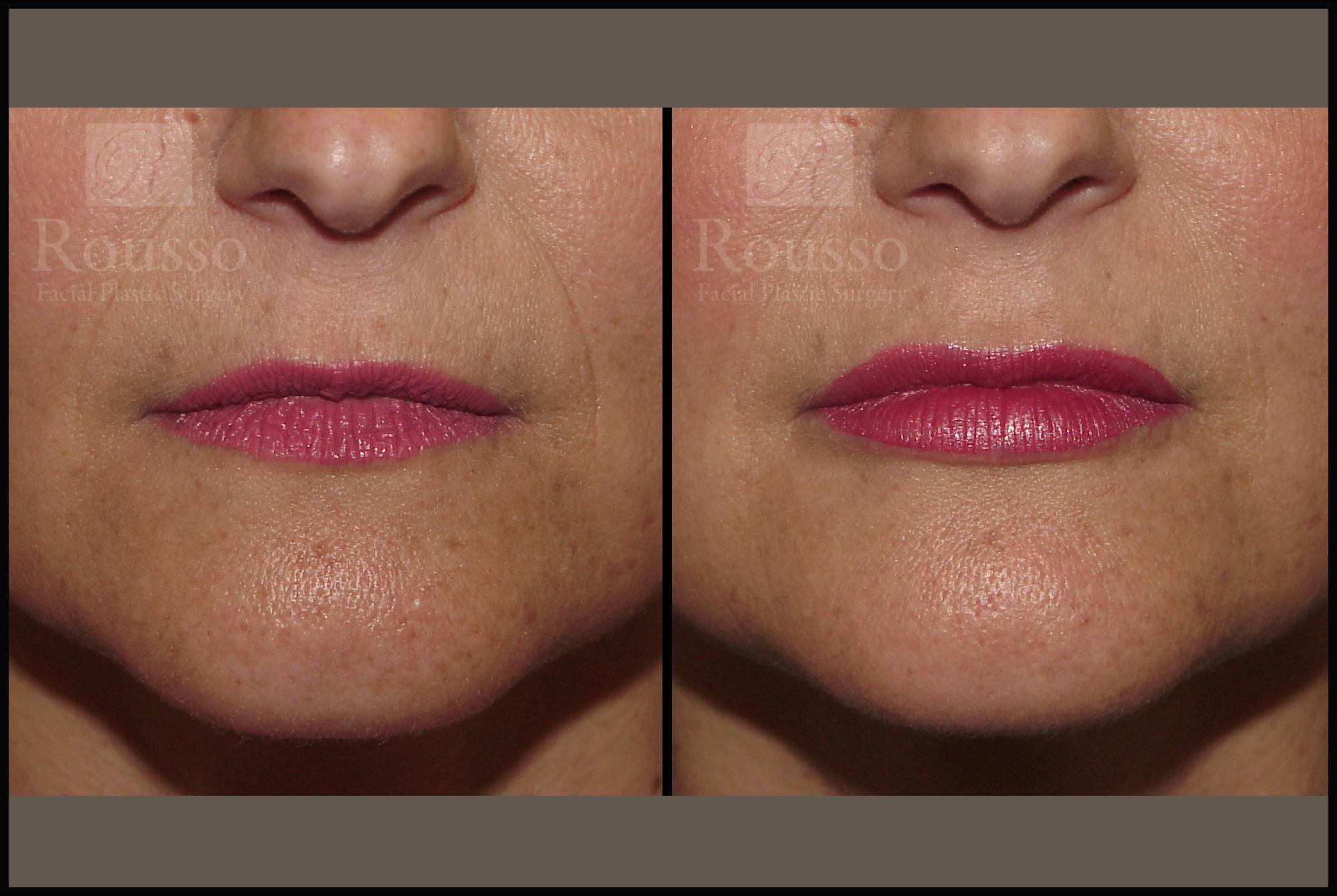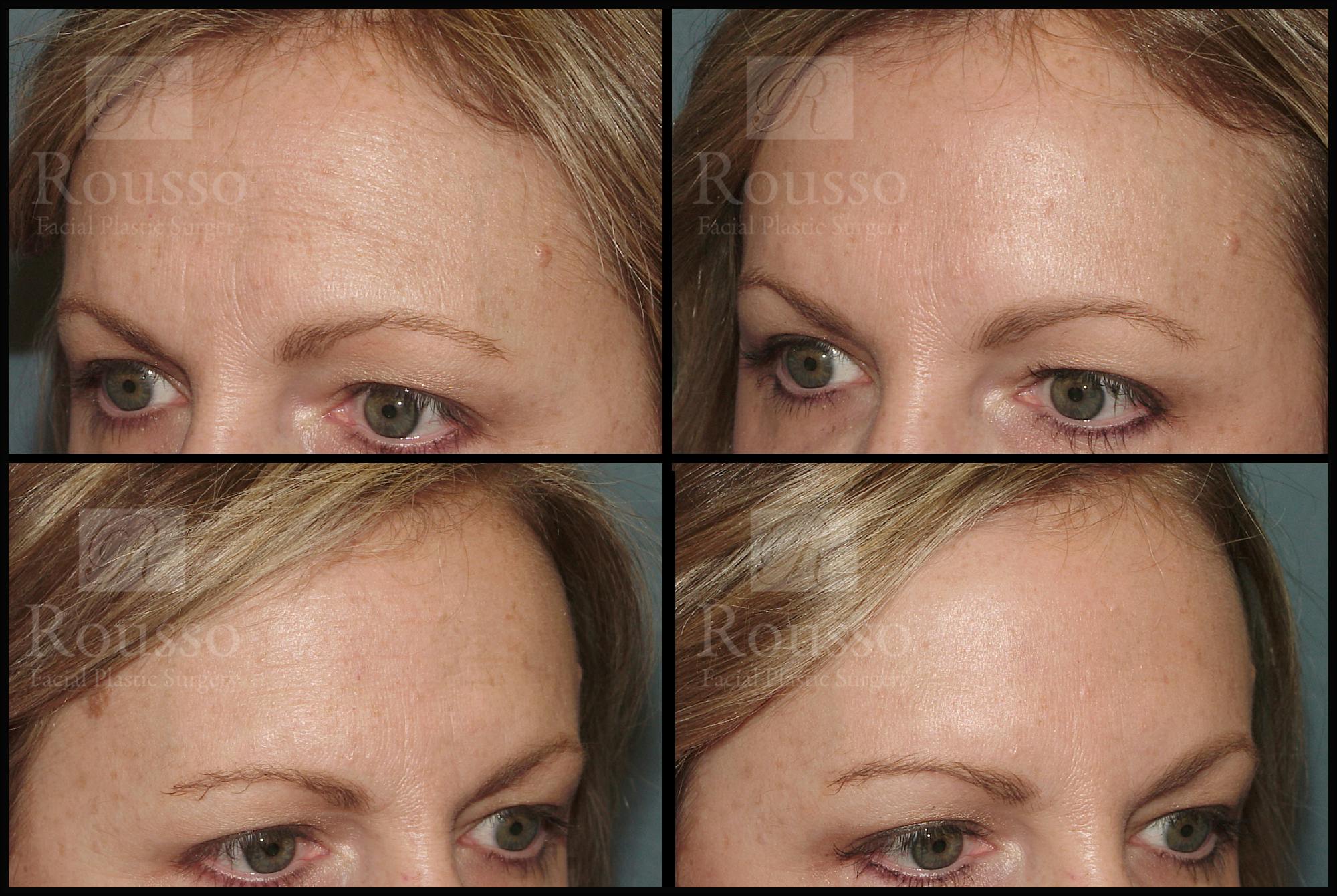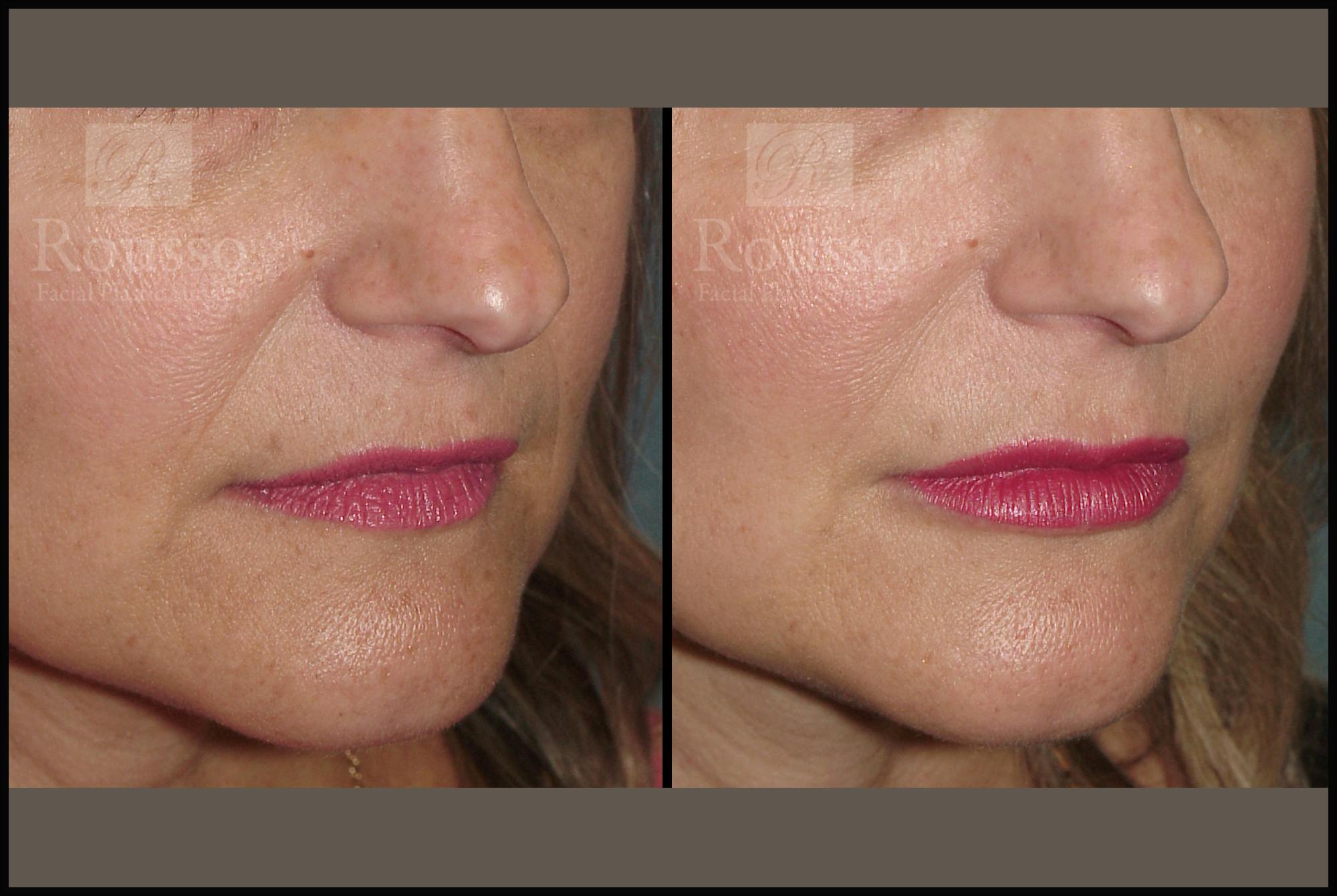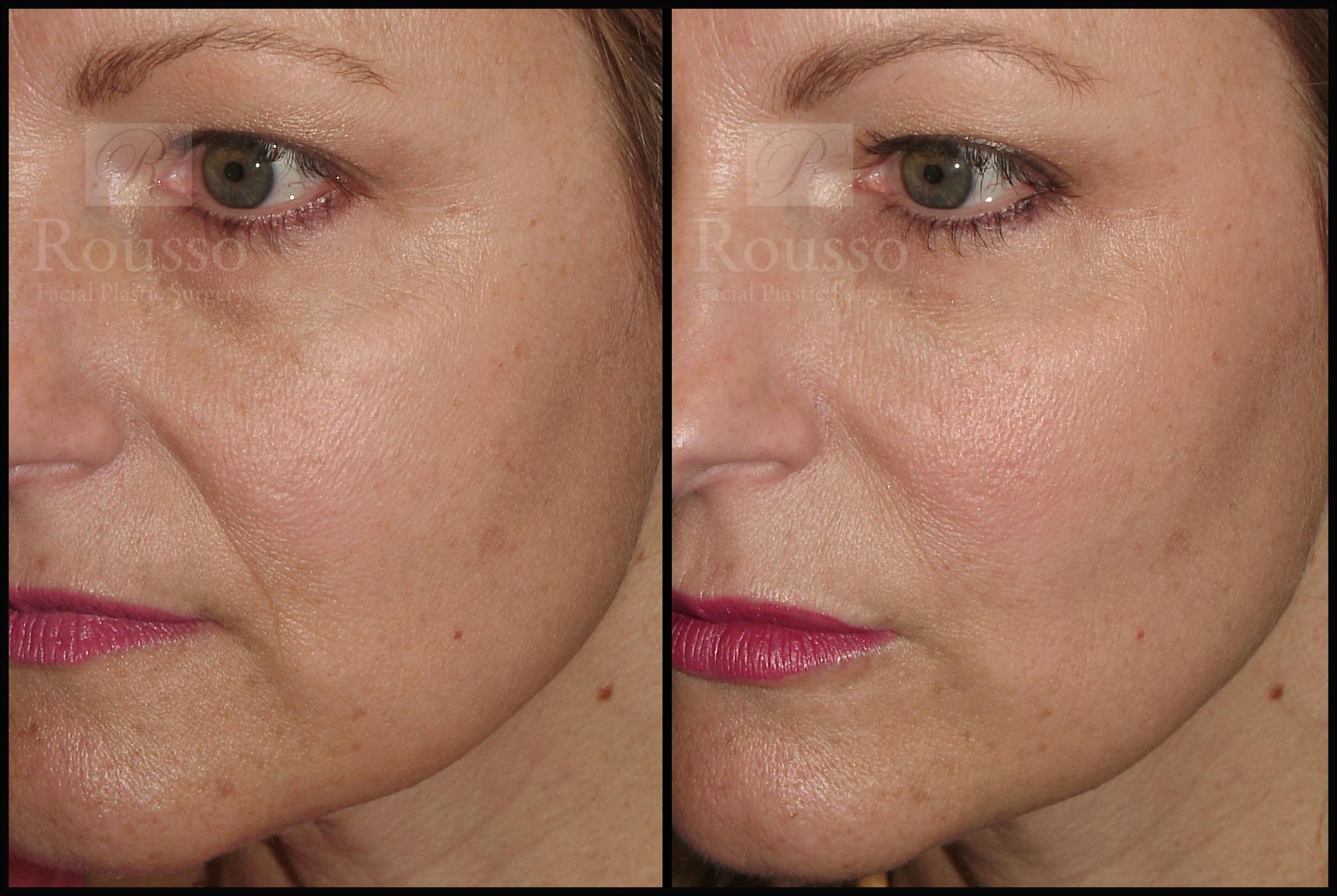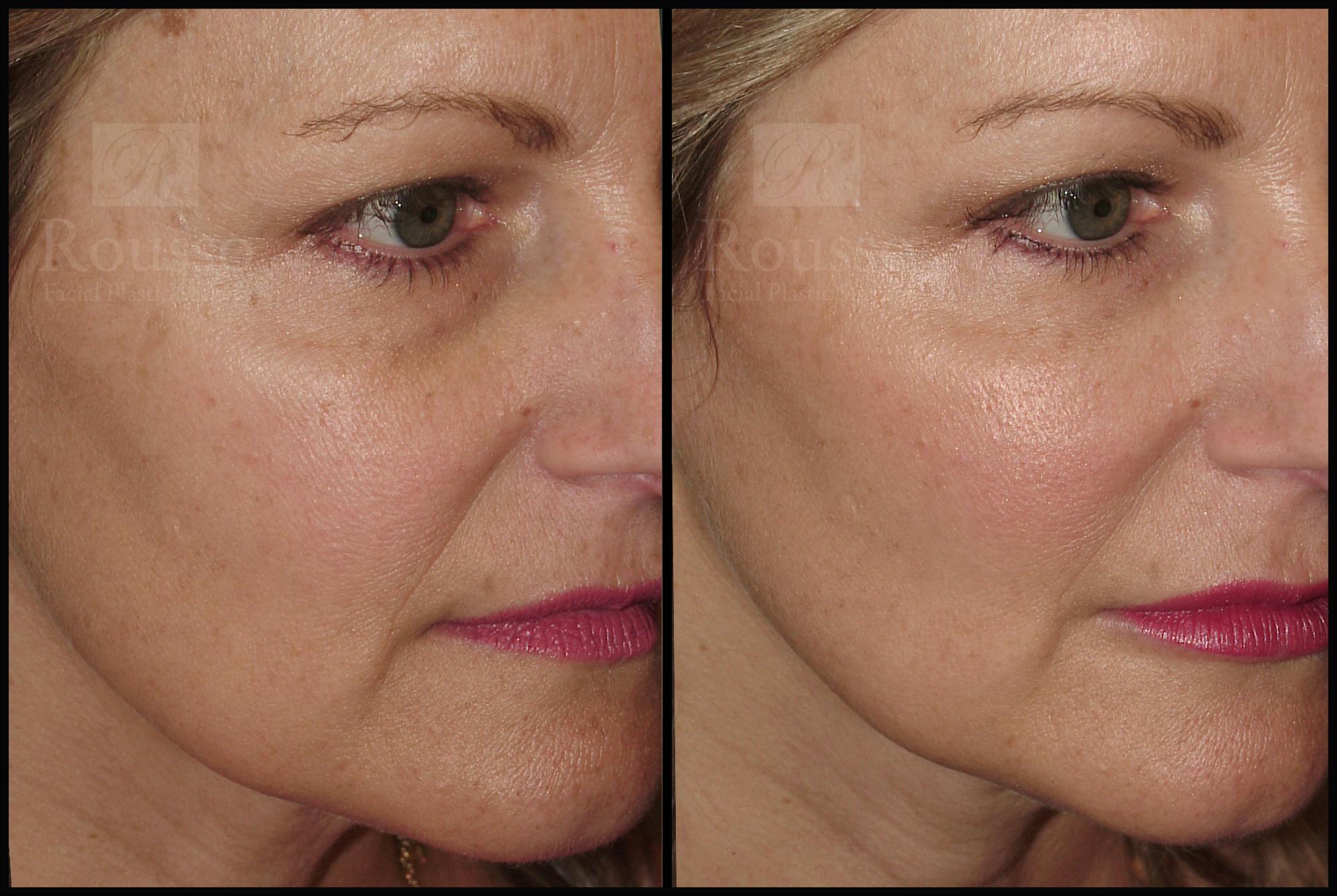What is a liquid facelift?
A liquid facelift is a non-surgical procedure that can address facial aging issues by using a combination of facial fillers and neuromodulators. There are many different fillers in the market. Some are hyaluronic acid-based, some are calcium based, and some stimulate your body to produce its own collagen. There are fillers such as Voluma that help plump up the cheek bones and deliver a lift to the cheeks, and there are fillers such as Juvéderm and Restylane that help fill out wrinkles around the mouth. Neuromodulators such as BOTOX, Dysport, and most recently Jeuveau can help smooth out wrinkles on the forehead and improve the appearance of crow’s feet.
If fillers solve a many wrinkle and volume issues, why go under the knife and get a facelift?
Fillers and BOTOX are ideal to correct the early signs of aging on younger patients, typically patients under 50 years old. These are temporary fixes, as BOTOX lasts around 3-4 months and fillers around 12-18 months. The ideal candidates for a liquid facelift are people who are experiencing shallow wrinkles, light hollowing due to volume loss, but also who have relatively normal skin elasticity.
As we age naturally, the face begins to suffer from tissue laxity and loosening of the skin. For fillers to be effective, they must have some structure to push against, so late-term aging skin that lacks collagen and elasticity will not see the full benefits of filler. In fact, fillers can actually create an unnatural, overfilled appearance in which the face lacks normal definition and facial expressions and proportions become distorted by injecting filler. In this case, surgically tightening the skin is the best option.
What’s the price difference between a liquid facelift and a true facelift?
Typically, the cost of fillers and BOTOX will be less expensive than a facelift procedure. Keep in mind that filler treatments are temporary and must be maintained with continuous future treatments. It is possible for a facelift to be cheaper compared to fillers over time.
What is the downtime for filler versus a facelift?
Fillers have no downtime. You can return to work immediately. Unlike fillers, a facelift procedure does require 2 weeks of recovery time before patients can return to work and normal activity. However, the results of facelift surgery are long-lasting.
Will filler injectables hurt?
Truthfully, maybe a little, but pain is very individualized and dependent on one’s pain tolerance. If you are not using a doctor who is a skilled injector, it can hurt a lot. At Rousso Adams Facial Plastic Surgery, we have many resources to reduce discomfort for our patients, including applying a topical anesthetic cream, which takes about 20 minutes to go into effect. Most fillers also have .03% lidocaine, which is a type of painkiller, built in the injectable product itself to make the procedure less uncomfortable. When injecting the lips or nasolabial folds, some patients opt for a lidocaine dental block as well to help temporarily numb the effected nerves.
Are there any side effects?
The rate of reactions to fillers is very low. However, after the treatment, some common injection-related reactions may occur, such as swelling, redness, pain, itching, discoloration and tenderness at the injection site. We provide an ice pack directly after the injection to help with these minor side effects.
If you are using any anti-inflammatory medication, i.e. Advil, you should be aware that it may increase bruising and bleeding at the injection site. Although very rare, as with any medical procedure, injections with fillers are associated with certain risks.f



